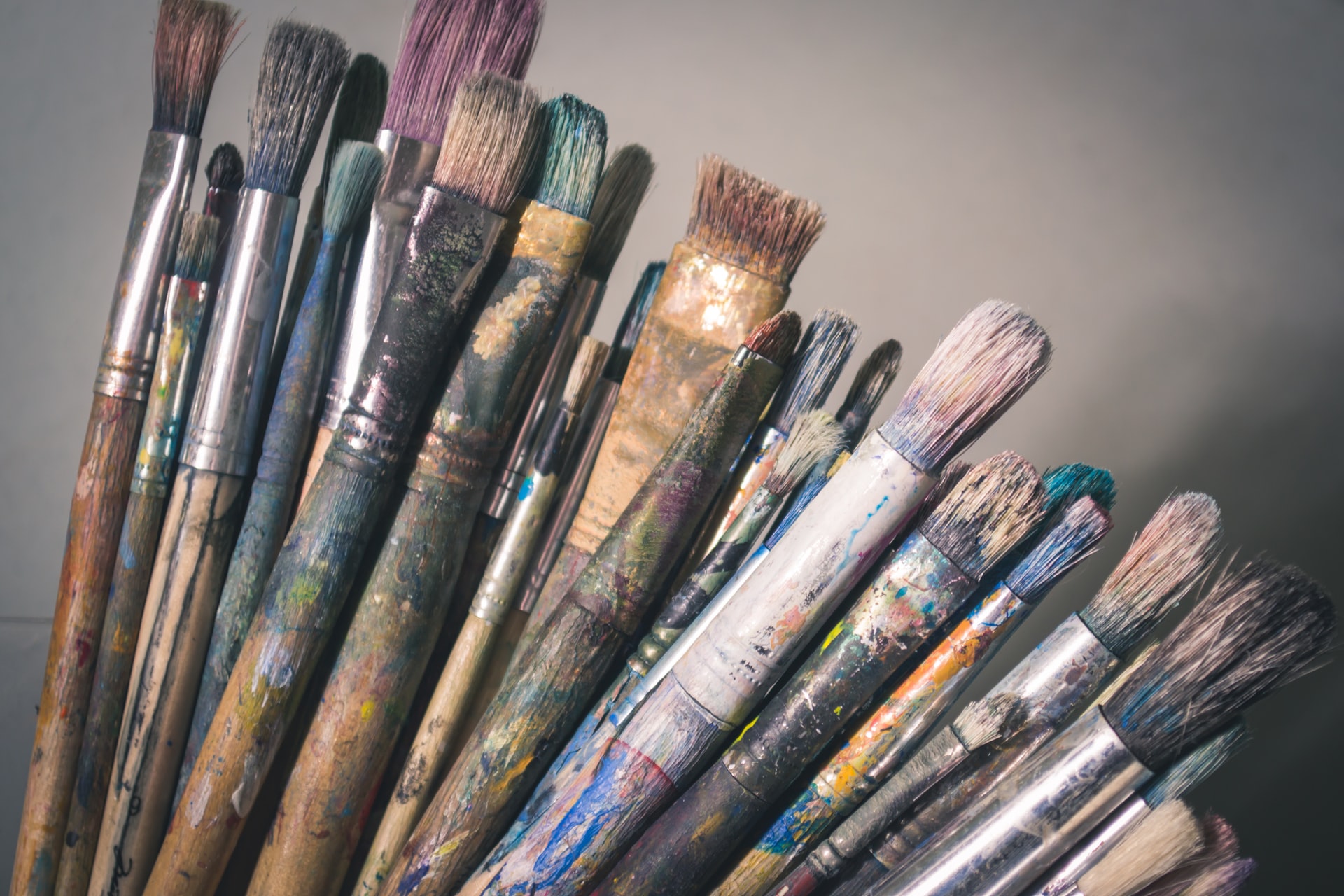Abstract
How do Native Americans have a voice through art practice, especially since they have been silenced for centuries? And how does one convey an understanding that Native American people and their cultures are still here, alive and present in the United States today? This historical inquiry (Bolin, 1995) into ritual and memory pedagogy (Powell, 2017) focuses on a small part of Native American history through the ledger drawing of Making Medicine and George Flett. Reflecting on history and my own memories of George Flett, we can see their voice, both past and present, within their art practice. Through a connected history that expands on the original ritual of Plains Indian buffalo hide painting into a transitional place for Native American ledger drawing, we can see beyond Native Americans’ artistic characteristics associated solely with craft or utility to engage their past and contemporary artists. Their history, culture, challenges, and issues are made visible through their art practice, while bringing awareness that Native Americans are still here!
Keywords: ledger art, Making Medicine, George Flett, historical memory, Chicken Dance, Memory Pedagogy, Plains Indian
How to Cite:
Powell, H. C., (2022) “A Transition of Visual Ritual: Making Medicine, George Flett, and the Historical Emergence of Native American Ledger Art”, Journal of Cultural Research in Art Education 39(1), 50-59. doi: https://doi.org/10.2458/jcrae.5382
Downloads:
Download PDF
View PDF
863 Views
179 Downloads

